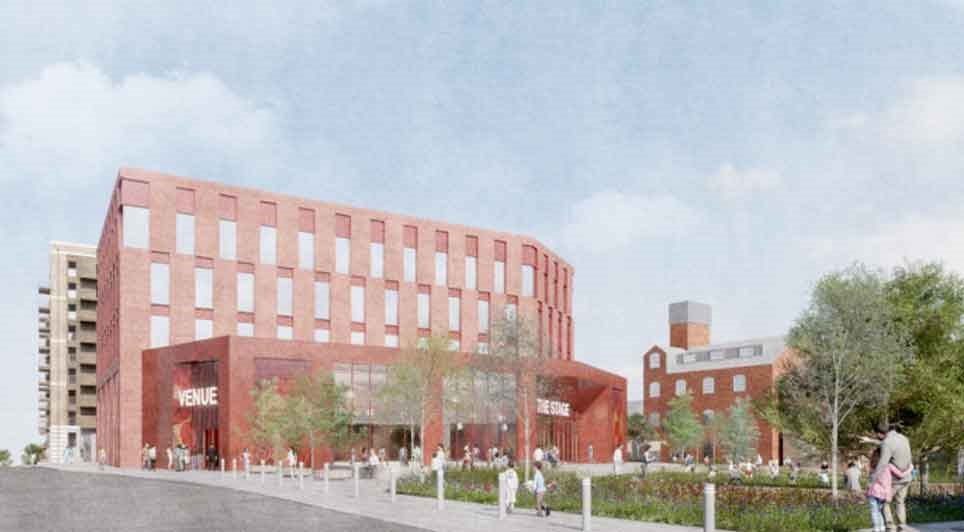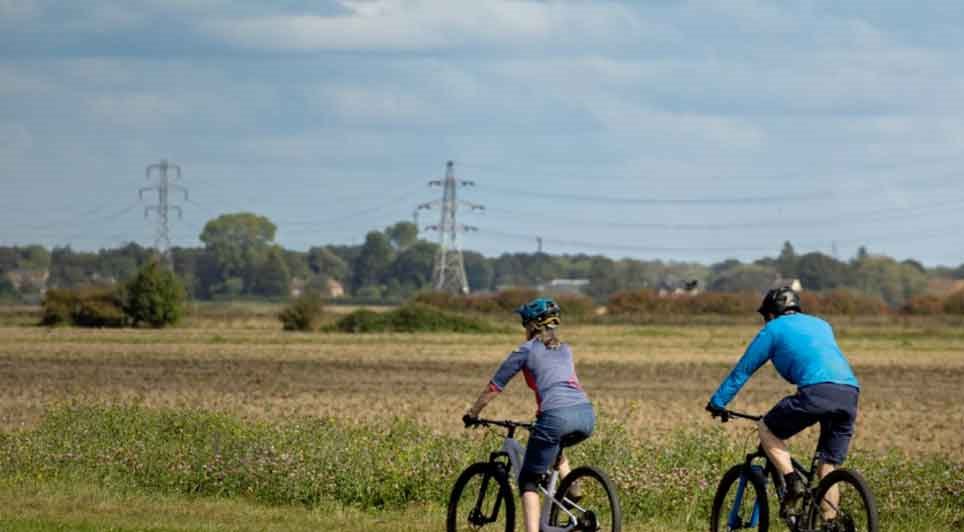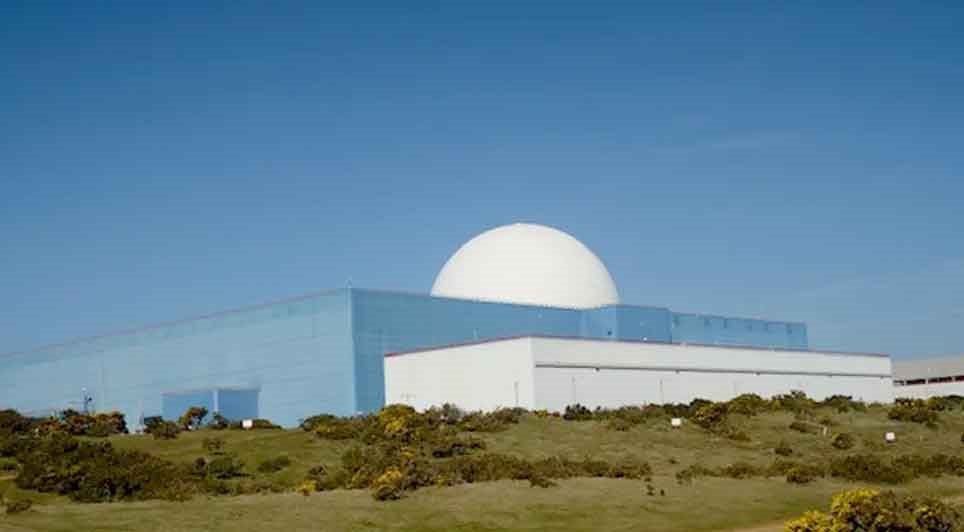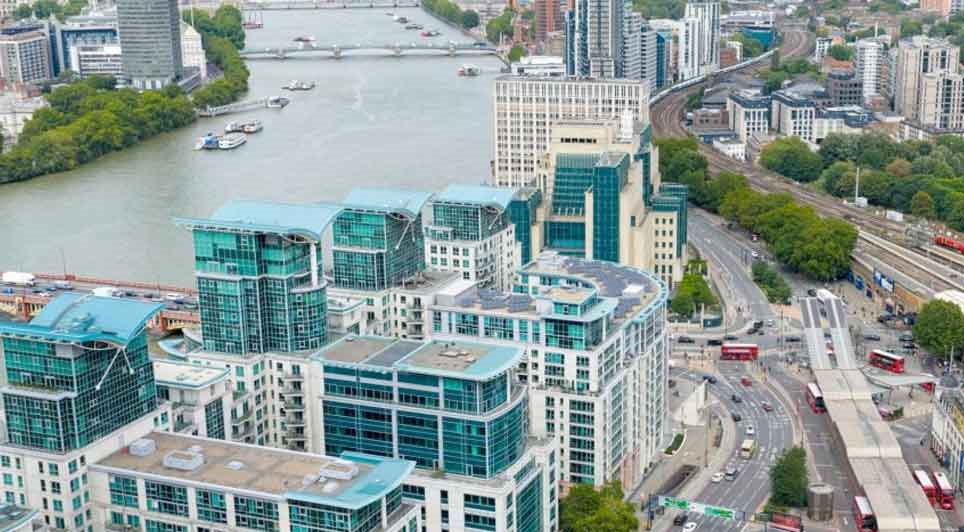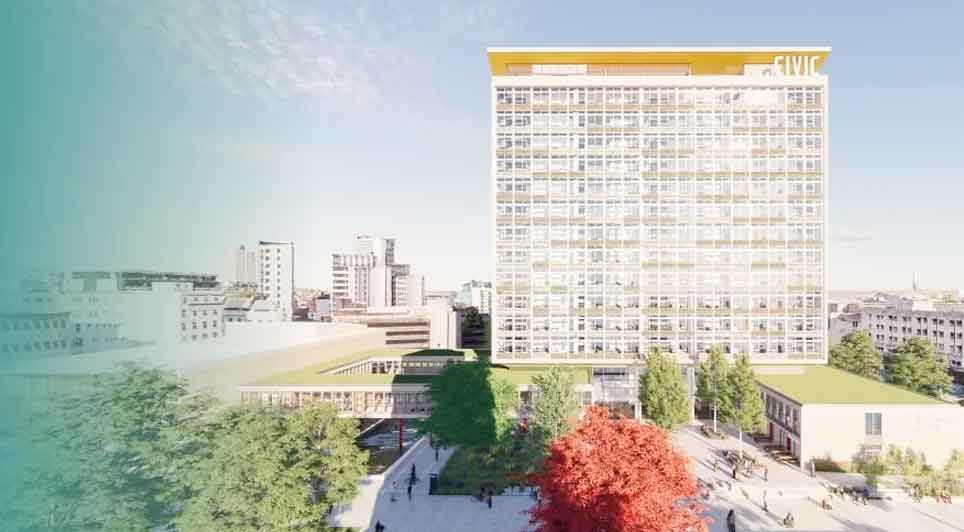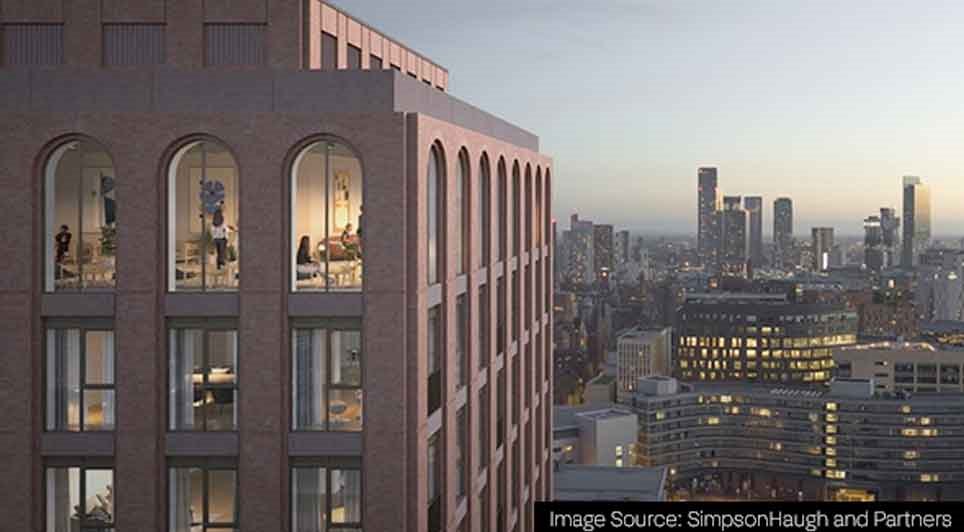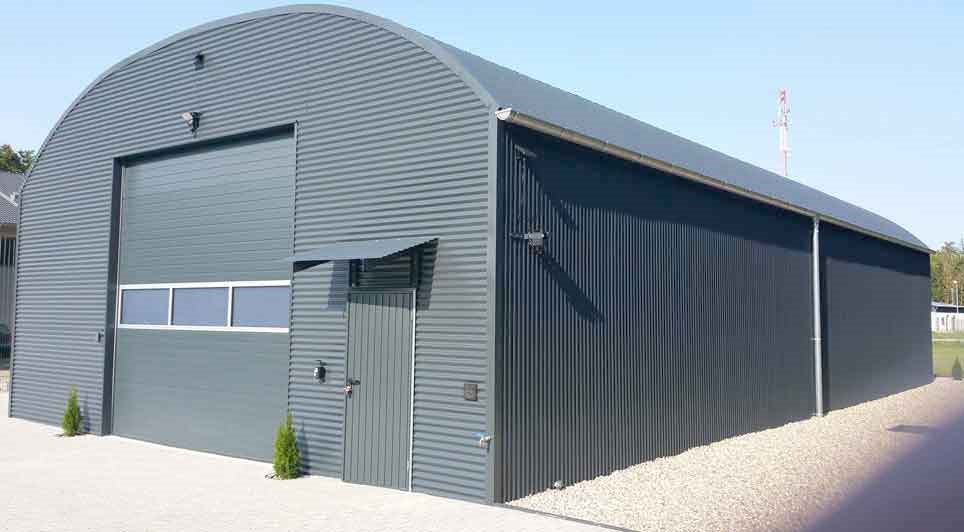The Olympic Delivery Authority (ODA) today released new aerial photographs and footage of the Olympic Park, showing the rapid progress that has been made to clean and clear the area ready for the start of construction.
The site of the Olympic Stadium will this week be handed over to Team Stadium, the consortium appointed to design and build the flagship venue, to prepare the area for the start of construction at the end of May. The images show the progress that has been made to dig the Stadium bowl which will contain the field of play and lower tiers of seating.
ODA Chief Executive David Higgins said: "We have made huge progress on the site, demolishing hundreds of buildings and cleaning thousands of tonnes of contaminated soil in order to prepare the platform for the Park and venues for the 2012 Games.
"As these new photographs show, the team have achieved a huge amount to get the site clean and clear for the start of construction which will begin on the Stadium site at the end of May – three months ahead of schedule."
Sebastian Coe, Chairman of the London 2012 Organising Committee, said: "These pictures are exciting and show how the Olympic Park is taking shape. We are looking forward to the start of the big build so the stage is set for the world's greatest sporting event in London in four years' time."
Team Stadium will now begin the preparatory works and mobilisation that is needed before construction can begin. This includes creating access roads for construction vehicles, final investigations for the start of piling work and moving the team to the site.
The site offices for the Olympic Stadium workers have been constructed ready for numbers to dramatically increase.
At the peak of the construction of the Olympic Stadium, there will be well over 1,000 staff based in the site offices, ranging from engineers and architects to foremen and digger drivers. The first 50 are expected to be moved to the offices next month.
Ground levels have had to be lowered by nine metres to create the sunken area for the track and permanent lower tiers of seating.
This means that over 800,000 tonnes of soil – enough to fill the Royal Albert Hall nine times over – has had to be been taken away from the Stadium area over the last three months to be reused elsewhere on the site.
(JM)
 UK
UK Ireland
Ireland Scotland
Scotland London
London


